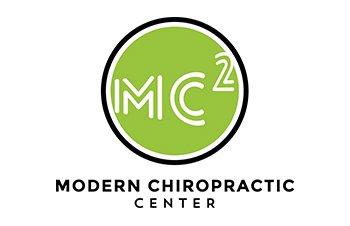Factors that affect your performance while running: Part 2
No matter what your running goal is, these tips are important to keep your body healthy and maintain a functional stride with fewer injuries. The worst setback while training is an injury. Let’s discuss tips on how to recognize an injury before it happens
In Part 1 we discussed how a rotation in your posture can show up in your arm swing. We also discussed how to recognize it, how to use all of your energy toward your forward momentum, and how a side-to-side swing can affect the rest of your body. If you haven’t reviewed Part 1 click here. Now that you have mastered your arm swing and postural rotations let’s discuss how rounded posture can affect your performance.
Part 2: Rounded Posture
Two of the most important things when it comes to running are: lung capacity and heart rate. The posture of the thoracic spine plays a major role in how these organs function. When the shoulders are rounded forward, the thoracic spine is hunched and the head falls forward. This hunched posture puts extra pressure on the heart and lungs and decreases the space they are allowed to occupy. Decreased space results in increased pressure across the chest and ribcage. This limits the amount of room the lungs are able to inflate, decreasing the amount of air transfer between the lungs and atmosphere, and ultimately decreasing oxygen intake. Oxygen intake directly affects the amount of oxygen delivered to the organs and tissues. With decreased oxygen delivery our body will fatigue earlier and stop us from hitting our goals.
The second and most detrimental effect this hunched posture has is on the heart. Increased pressure on the heart decreases the heart’s ability to pump blood throughout the body, significantly decreasing the oxygen delivery to the organs and tissues. Over time increased pressure on the heart can lead to symptoms or disease. Efficient oxygen intake and delivery are required for proper muscle function, to prevent muscle cramps, to promote recovery, and improve one’s overall health. Furthermore, a hunched posture can affect body mechanics while running. Often with a hunched posture the gait cycle is incorrect, this results in a heavier heel strike causing ankle, knee, and hip problems.

“I think I have hunched posture, what should I do?”
Hunched posture can be caused by many things. First limit sitting time throughout the day. Be sure to be sitting upright with your knees, hips, and elbows at 90 degrees. Keep your core tight and your shoulders tucked down and back, with your gaze straight ahead. While running keep your core tight, chest high, and shoulders down and back. If you have hunched posture it may be structural and it is important to get checked by one of our CBP (Chiropractic BioPhysics) Licensed Chiropractors.





